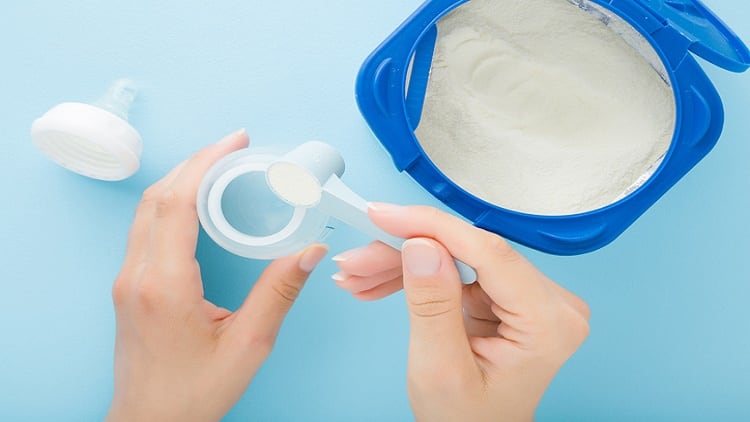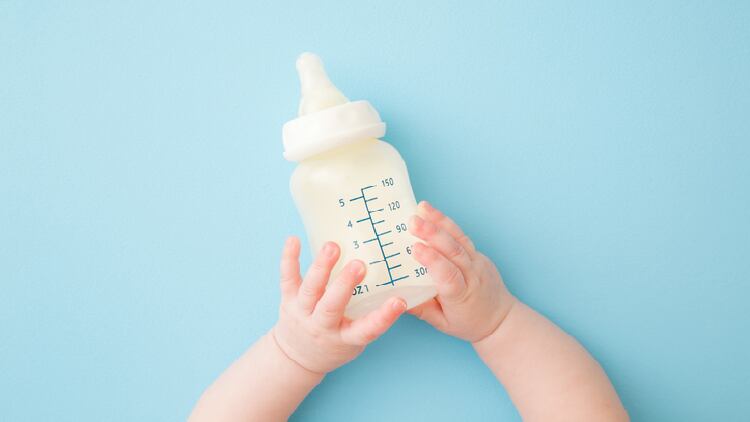Companies are given a two-year transition period to conform to the new standards.
China’s National Health Commission (NHC) released new requirements made to milk formulas and foods for infants (0-6 months old; stage one formula), older infants (7-12 months old; stage two formula), and toddlers (13-36 months old; stage three formula) in mid-March.
The changes are made to improve the safety and nutrition of milk formulas such that they mirror more closely to mother’s milk. Some changes are also made by referencing standards set by other regulators such as Europe’s EFSA.
Several changes are made to the permitted amount of protein, calories, carbohydrates, and micronutrients.
In view of this development, China regulatory consultancy firm CIRS has encouraged companies with R&D plans to develop new products based on the new requirements.
The consultancy also noted that by 2023, which is the year when the new requirements officially come into force, most of the products that are currently in the market are also due for registration renewal. An infant/toddler formula registration certificate is valid for five years.
“In year 2017 [alone], a total of 952 infant and toddler formula are registered, this is 70 per cent of all formulas registered.
“By year 2023, when the new requirements officially come into force, most of the registered formula products are also due for renewal of registration.”
The following are key changes introduced.
Upper limit of calories reduced
A key change is the number of calories permitted in stage two and stage three formulas, with no change made to stage one formula.
For stage two formulas, the upper limit of calories has been reduced from 85 to 75kcal/100ml, whereas in stage formulas, this has been reduced from 85 to 80kcal/100ml.
The lower limit is 60 kcal/100ml for all stage one, two, and three formulas.
The upper limit has been adjusted lower because according to the Food and Agriculture Organisation (FAO), the risk of obesity and other chronic disease will increase when infants and toddlers have high calorie intake.
According to CIRS, most of the products currently available in the market meet the new requirements, with most stage two products containing calories between 63 and 70 kcal/100ml, and 97 per cent of the stage three products containing calories between 60 and 80 kcal/100ml.
Protein requirements
The lower and upper limit of protein in stage two and three formulas have been reduced in dairy-based infant formula, with no change made to stage one formula.
In stage two dairy-based formula, the permitted protein level has changed from 2.9-5.0 g/100kcal to 1.8-3.5g/100kcal.
In stage three dairy-based formula, the value has changed from 2.9-5.0 g/100kcal to 1.8-4.0g/100kcal.
For the first time, the authorities have also set protein requirements for soy-based stage two formula at 2.2-3.5g/100kcal.
The adjustments are made to mimic breastmilk composition. Data shows that amongst China mothers, the average concentration of protein is 1.72g/100kcal.
The changes are also made due to safety consideration, CIRS added.
This is because too much protein intake can destroy water balance within the body. Also, high protein intake could increase the secretion of insulin, in turn raising BMI level and the risk of obesity in the future.
On the other hand, soy-based and dairy-based protein cannot be mixed together in a product.
Carbohydrates requirements
For the first time, the authorities have also set requirements for carbohydrates in stage two and stage three formulas.
In stage two formulas, the amount of carbohydrates should be between 9-14g/100kcal and 7.5-15g/100kcal in stage three formulas.
The percentage of lactose to carbohydrates should also be at least 90 per cent for stage two formulas, which is similar to stage one formulas, and at least 50 per cent for stage three formulas.
The goal is to increase lactose intake in infants and toddlers, while fructose and sucrose are to be removed from stage one and stage two formulas under the new requirements.
Micronutrient limits
Upper limits have been introduced for several micronutrients for the first time.
For example, the upper limit of vitamin E has been set at 5.0 mg α-TE/100kcal for both stage two and three formulas.
For vitamin K1 and B1, an upper limit of 27 µg/100kcal and 300 µg/100kcal respectively has been set for both stage two and three formulas.
Other micronutrients with upper limits introduced include vitamin B2, B6, B12, folic acid, vitamin C, biotin, and pantothenic acid.





